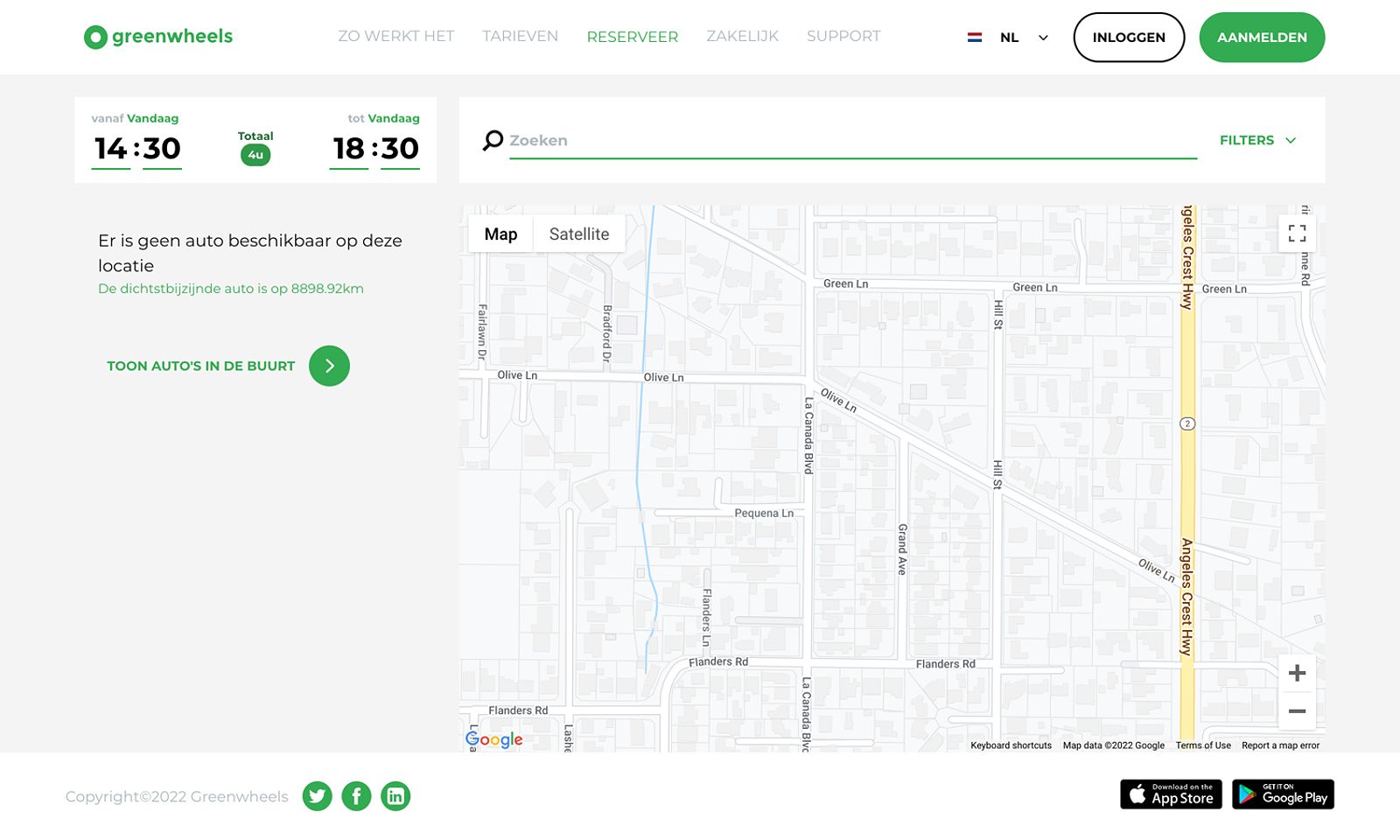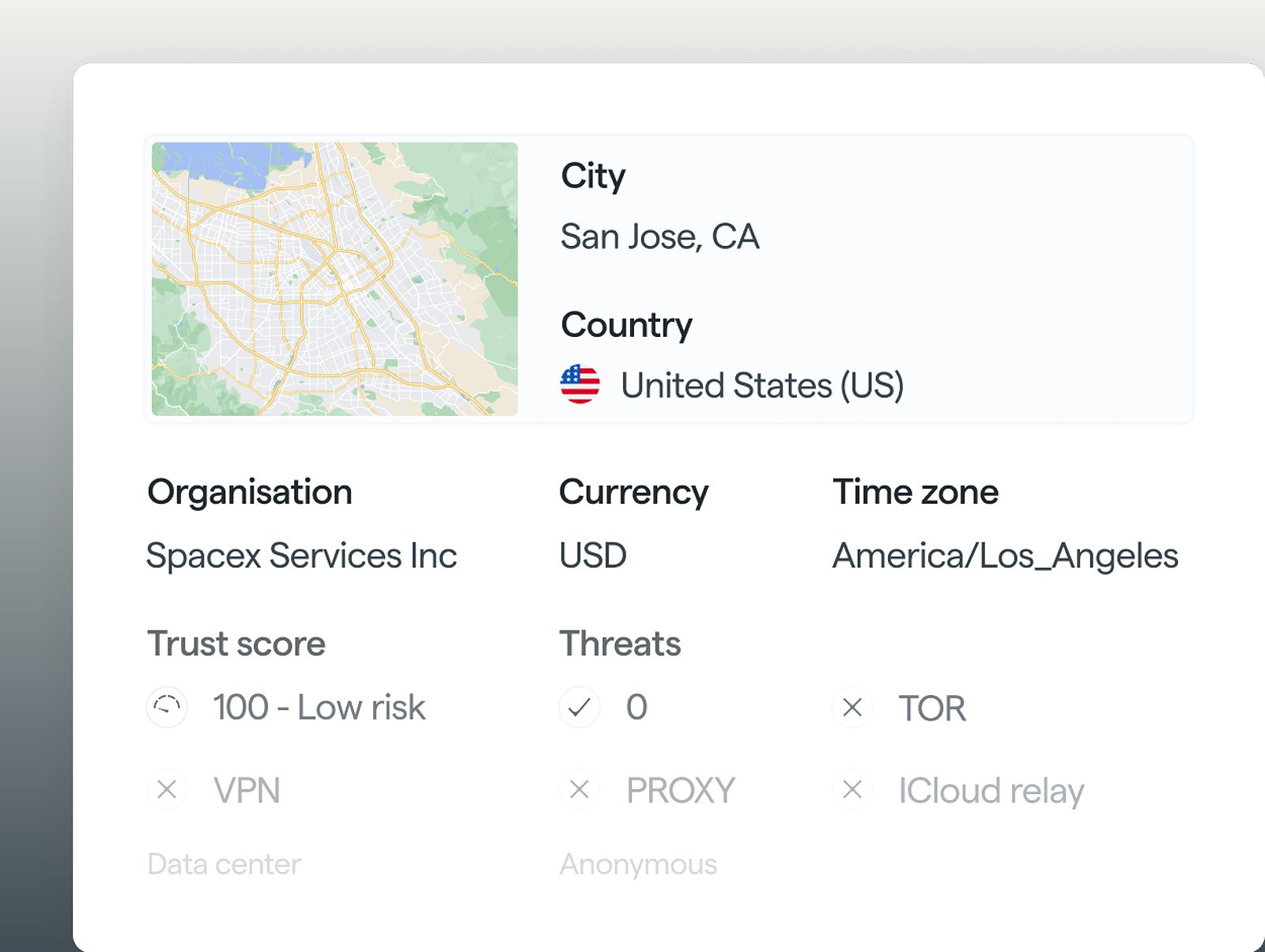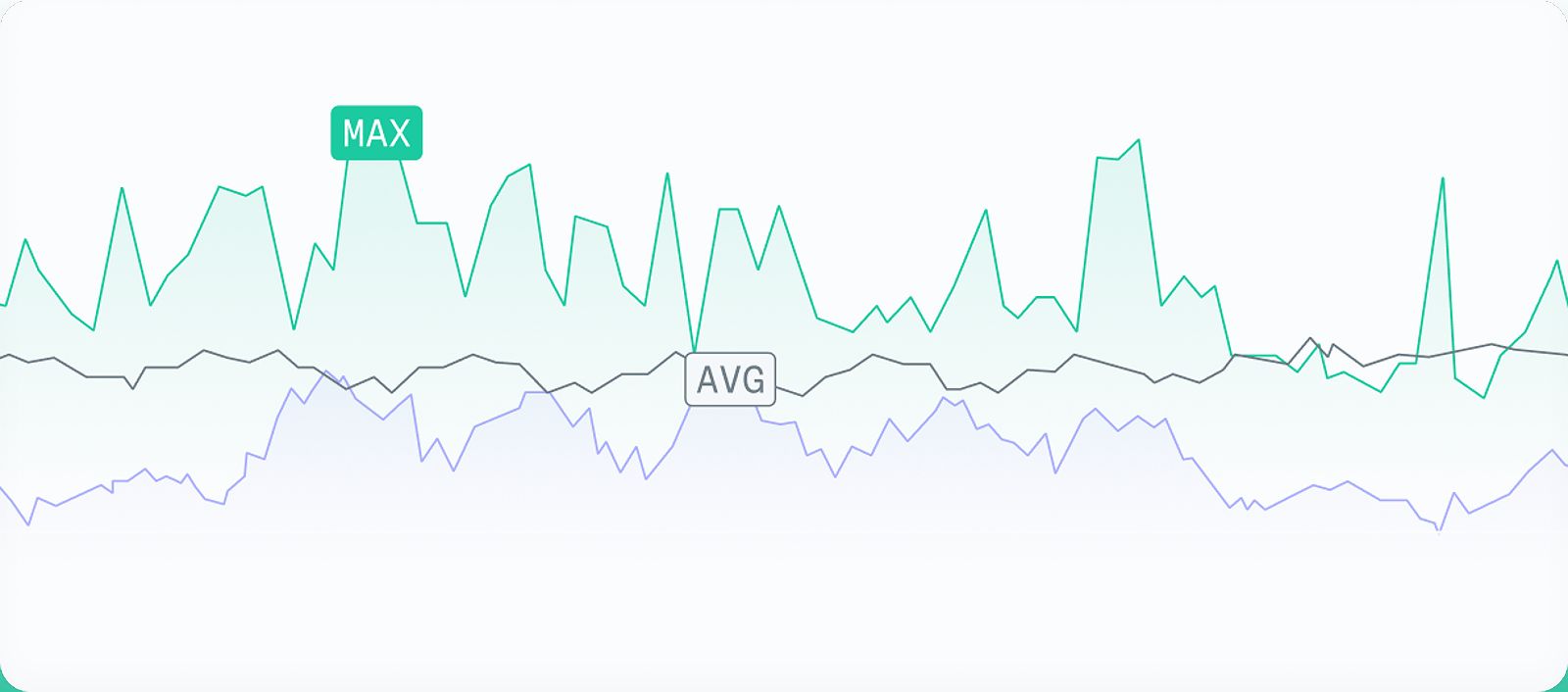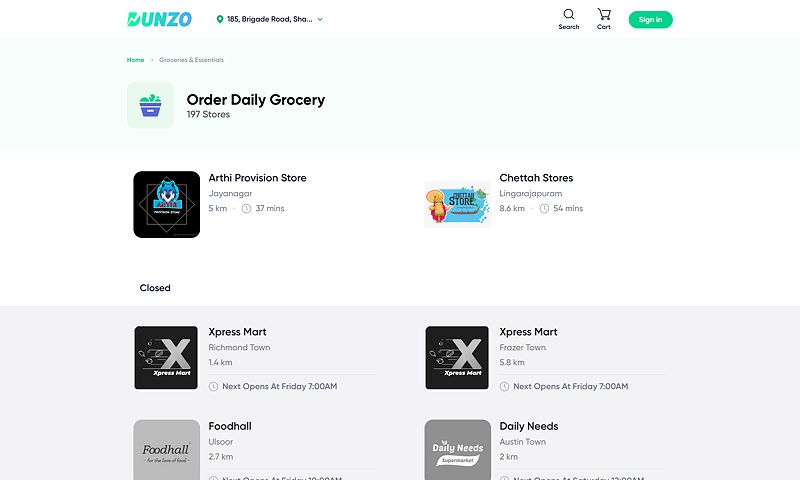The market for location-based services is booming, with a projected value of over $100 billion by 2025. Small and medium-sized businesses (SMBs) often find themselves navigating the complex landscape of geolocation APIs, which can be both a powerful tool and a source of confusion. Understanding the various pricing models, potential costs, and optimization strategies is crucial for SMBs aiming to integrate location-based services effectively without breaking the bank.
Subscription-Based Pricing
One of the most prevalent models in the geolocation API landscape is the subscription-based pricing. Here’s how it works:
- Monthly or Annual Fees: Businesses pay a recurring fee, often monthly or annually, for access to the API.
- Usage Limits: Typically, these fees cover a predetermined number of geolocation requests. If you exceed this limit, additional charges may apply, which can catch many SMBs off guard.
For instance, Mapbox’s Navigation SDK offers tiered subscription plans starting around $99/month for a limited number of requests, increasing to higher tiers with more features and usage allowances. While subscription models offer predictability, they can be inflexible for businesses with highly seasonal or unpredictable demands. In such cases, a pay-as-you-go model might be more cost-effective.

Pay-As-You-Go Pricing
Another popular pricing structure is the pay-as-you-go model, which charges businesses based on their actual usage:
- Billed Per Request: You only pay for the geolocation requests you make, making this option beneficial for businesses with fluctuating needs.
- Budgeting Challenges: While this model offers flexibility, it complicates budgeting. Costs can vary widely from month to month, making it harder to predict expenses.
For example, if your business sees a surge in demand during holiday seasons, your API costs could spike unexpectedly. However, if your usage is stable, this model could be more cost-effective than a subscription. It’s important to weigh the benefits of flexibility against the potential for unpredictable costs.

Tiered Pricing
Tiered pricing strikes a balance between the subscription and pay-as-you-go models. Here’s how it typically works:
- Multiple Service Levels: Providers offer several tiers at varying price points, each with a set number of geolocation requests and features.
- Scalability: This model allows you to select the tier that aligns with your current needs and scale up or down as necessary.
For instance, a provider might offer a basic plan for 5,000 requests per month, a mid-tier plan for 20,000 requests, and a premium option for 50,000 requests. This setup enables SMBs to adjust their plans based on changing requirements without incurring significant disruptions.

Free Tiers and Trials
Many geolocation API providers offer free tiers or trial periods, making it easier for SMBs to test the waters without financial commitment. However, it’s essential to understand their limitations:
- Usage Restrictions: Free plans often come with strict limits on the number of requests or features available.
- Suitability: While they can be perfect for low-volume needs or initial exploration, these options may not suffice for businesses with more extensive requirements.
Providers like and offer free tiers, but it’s crucial to read the fine print to ensure they meet your needs.
Factors Affecting Geolocation API Costs
Beyond the pricing model, several factors can influence the overall geolocation API cost. Understanding these elements can help you make informed decisions and avoid unexpected expenses.
Request Volume
The number of geolocation requests you make is a significant cost driver. Here are key considerations:
- Economies of Scale: Providers often reduce the price per request as your volume increases. This means that larger businesses or those with high usage can benefit from lower rates.
- Estimating Volume: Accurately forecasting your request volume is critical. If you underestimate and exceed your limit, you may face overage fees.
Consider tracking your usage patterns over time to create a more accurate forecast. Regularly reviewing your data can help you adjust your budget and avoid unexpected costs.

Data Accuracy and Features
The level of data accuracy and the features included in the API can also impact cost:
- Higher Accuracy: APIs that provide precise geolocation data or advanced features like reverse geocoding typically come at a premium. For example, using a GPS-based API might provide accuracy within a few meters, suitable for many applications. However, if you need centimeter-level precision for surveying or asset tracking, you’ll likely require a more expensive Real-Time Kinematic (RTK) GPS solution integrated into your API.
- Value Proposition: While it may be tempting to choose a lower-cost option, the added value of accuracy and additional features can lead to better business outcomes. There’s also a growing trend towards differential privacy techniques in geolocation APIs, where location data is aggregated and anonymized to protect user privacy. This can impact cost, as these advanced techniques often require more computational resources.
Balancing the need for precision with the associated costs is crucial for effective budgeting.
Data Coverage
The geographic coverage provided by the API is another crucial factor:
- Global vs. Regional Coverage: APIs with global coverage generally charge more than those with limited geographical reach.
- Assessing Needs: Consider your target market and whether the additional cost for broader coverage is justified for your business.
If your operations are localized, a provider with regional coverage might suffice. For businesses planning to expand, investing in a provider with global coverage could save costs in the long run.

API Provider Reputation and Support
The reputation of the API provider can also affect costs:
- Quality and Reliability: Higher-quality providers may charge more, but they often deliver better performance and support.
- Support and Documentation: Reliable customer support and comprehensive documentation can save you time and reduce frustration, making it worth the extra investment.
Research customer reviews and testimonials to gauge a provider’s reputation. Choosing a reputable provider can prevent future issues and potentially save on costs related to downtime or technical support.
Choosing the Right Geolocation API for Your Business
Selecting the right geolocation API can significantly impact your business’s success. Here’s how to navigate the selection process effectively:
Assess Your Needs
Begin by conducting a thorough self-assessment of your geolocation requirements:
- Feature Requirements: List the features you need, such as real-time tracking, historical data, or geofencing capabilities.
- Accuracy Levels: Determine how critical data accuracy is for your operations.
- Volume and Coverage: Estimate the expected volume of requests and the geographic areas you need coverage for.
Creating a checklist can help ensure you don’t overlook any critical factors.
Compare Providers
Once you’ve defined your needs, compare different geolocation API providers:
- Create a Comparison Table: List key features, pricing, and customer support options for each provider. This visual aid can make it easier to identify the best fit for your business.
- Research Online: Look for reviews and case studies to gain insights into how other businesses have fared with specific providers.
Consider Long-Term Scalability
When selecting an API, think about your business’s growth potential:
- Provider Flexibility: Choose a provider that can grow with you, allowing you to easily scale your plan as your needs change.
- Cost of Switching: Be aware that switching providers later on can involve additional costs, including data migration and potential downtime.
Planning for future growth can save you from headaches later on. Additionally, consider using serverless functions like AWS Lambda or Google Cloud Functions to process geolocation data. This can reduce infrastructure costs and improve scalability.

Negotiate Pricing
Don’t hesitate to discuss pricing with potential providers:
- Volume Discounts: If you anticipate high usage, ask about discounts for bulk requests or long-term contracts.
- Special Offers: Some providers may have promotions or special rates for new customers.
Establishing a good relationship with your provider can lead to better pricing options. It’s worth exploring various pricing structures and negotiating terms that best suit your business model.
Optimizing Your Geolocation API Costs
Even with a well-chosen geolocation API, there are strategies to further reduce costs without sacrificing functionality:
Batch Requests
Minimizing API calls can lead to significant savings:
- Send Multiple Requests: Instead of making individual calls, batch multiple requests together whenever possible. This can lower the total number of requests made, thus reducing costs.
Caching
Implementing caching strategies can also help:
- Store Data Locally: By storing frequently accessed geolocation data within your system, you can reduce the need for repeat API calls, leading to cost savings. Implement a caching mechanism like Redis or Memcached to store frequently accessed location data. This reduces the load on the API and minimizes costs. Consider using a time-to-live (TTL) mechanism to ensure data freshness while minimizing storage overhead.
Code Optimization
Review your code regularly to ensure efficiency:
- Minimize Unnecessary Calls: Efficient coding practices can help you avoid unnecessary API requests, ultimately saving you money. Regular code reviews can identify areas for improvement.
Monitoring and Analysis
Regularly track your API usage:
- Identify Patterns: Use analytics tools to monitor how often and when you access the API. This data can help you identify areas for improvement and prevent unexpected overage charges.
Implementing a monitoring system can provide insights into usage patterns and help adjust your approach accordingly.
Real-World Examples and Case Studies
To illustrate the practical benefits of geolocation APIs, let’s look at a few real-world examples of SMBs that successfully leveraged these technologies.
Improving Delivery Efficiency for a Local Logistics Company
A small logistics company in a bustling urban area integrated a geolocation API to enhance their delivery processes. By utilizing accurate address data and routing capabilities, they managed to cut down delivery times by an impressive 15%. This operational improvement led to heightened customer satisfaction and a subsequent revenue increase of 10%.
Enhancing In-Store Experiences for a Retail Chain
A regional retail chain harnessed the power of a geolocation API to create personalized in-store experiences for their customers. By detecting customers’ locations within the store, they were able to push tailored offers and recommendations, resulting in a 12% rise in average order value.
Streamlining Supply Chain Operations for a Manufacturing SMB
A small manufacturing firm employed a geolocation API to monitor the movement of raw materials and finished goods throughout their supply chain. This enhanced visibility allowed them to pinpoint inefficiencies, ultimately reducing their overall logistics costs by 7%.
Frequently Asked Questions (FAQ)
What is the average cost of a geolocation API for an SMB?
The average geolocation API cost can vary significantly depending on usage, features, and provider. Costs can range from a few dollars per month for low-volume use to several hundred dollars for high-volume enterprise solutions.
Are there free geolocation APIs?
Yes, many providers offer free tiers or trial options. However, these plans often come with usage restrictions and may not be suitable for businesses with significant needs.
How can I estimate my API usage?
To estimate usage, analyze your business processes to determine how frequently you’ll need location data. Consider peak usage times and project your needs for the upcoming months.
What happens if I exceed my API request limit?
Exceeding your limit can result in overage charges or service throttling, depending on your provider’s policies.
Can I switch providers easily?
Switching providers can be complex and time-consuming, often involving data migration and code adjustments. Planning ahead can help mitigate these challenges.
Conclusion
Choosing the right geolocation API is crucial for SMB success. This guide has explored various pricing models, influencing factors, and optimization strategies related to geolocation API costs. By carefully assessing your needs and comparing providers, you can find a cost-effective solution that unlocks the power of location data for your business. Remember to regularly monitor your usage and consider the long-term value proposition of a well-integrated geolocation API. Start exploring your options today to find the best fit for your business!
